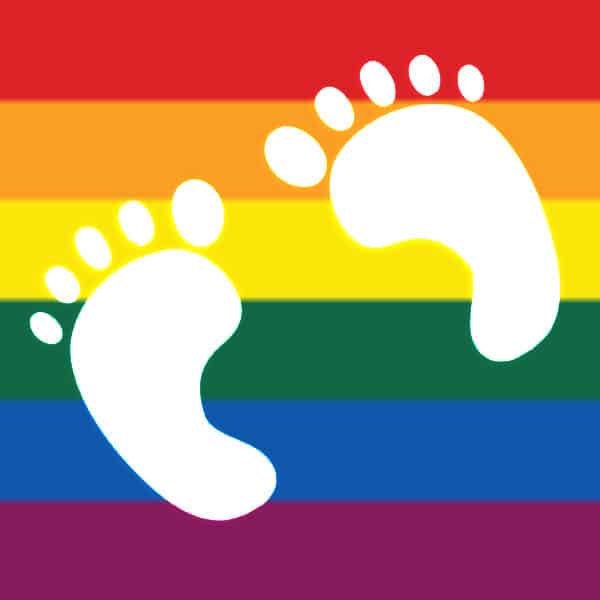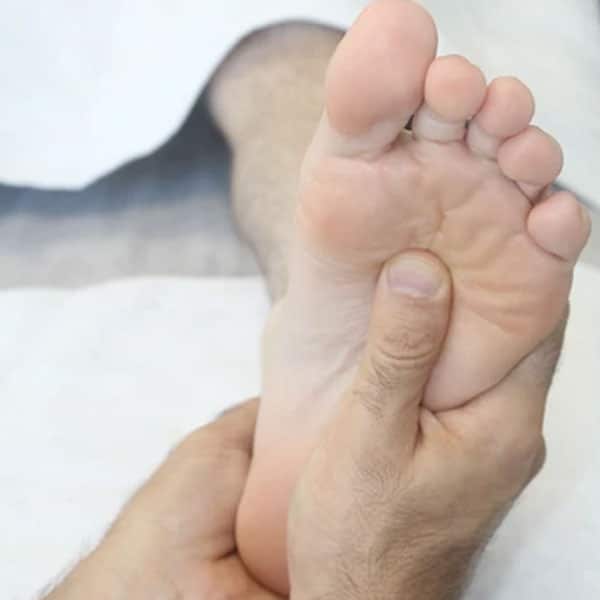Shingles, a viral disease, often presents as blisters on the skin accompanied by severe pain.
It is caused by the varicella-zoster virus, a member of the herpes family, which can lead to chickenpox in children. Those who had chickenpox in childhood and recovered carry the virus in a dormant state. At some stage, it reactivates, becoming active and causing shingles.
The shingles vaccine helps protect against the disease!
In the UK, it is recommended for all adults turning 65, those aged 70 to 79, and those aged 50 and over with a severely weakened immune system.
Why does the virus awaken from dormancy and cause the disease?
Generally, with the ageing and weakening of the immune system, it becomes easier for the virus to reactivate, leading to a higher prevalence of the disease in the older population (aged 60 and above).
A secondary risk factor is a weakened immune system due to illness or chemotherapy.
However, the disease also affects young and healthy individuals, as well as children.
It is estimated that approximately 30% of the population will experience an episode of shingles at some point in their lives.
It should be noted that there has been a significant increase in shingles cases worldwide in recent years, and the reason for this is unclear. Nonetheless, contrary to past beliefs, the appearance of the disease does not necessarily require further investigation to detect an underlying condition beyond routine tests for this disease.
Symptoms of the disease include:
A cluster of small blisters on the skin in a characteristic distribution. Since the virus lies dormant in the nerve roots of the body, the distribution of the blisters follows the course of the nerves, often appearing on the face, torso, or limbs in a belt-like pattern.
The exact location of the blisters depends on the affected nerves, usually on one side of the body, typically on the chest or waist but not necessarily.
The rash is often accompanied by severe pain or a feeling of tingling and itching.
In most cases, the pain precedes the appearance of the rash, followed by redness in the area, and then the characteristic appearance of blisters.
Some patients may also experience symptoms such as fever, weakness, and malaise.
Usually, within 7-10 days of the rash appearing, the blisters begin to crust and dry out, and no new blisters appear. However, the sensation of pain and itching may persist in some patients for weeks or even months after the rash subsides.
Contagion:
Regarding individuals with a normal immune system, shingles lesions on the skin can be contagious until they crust and dry out.
Contact with shingles lesions that have not yet crusted and dried out may cause chickenpox in those who have not had it in childhood or have not been vaccinated against it.
It is recommended to cover the lesions to minimise the risk of infecting others.
Complications of the disease:
Complications primarily occur in the adult population.
The most common complication is post-herpetic neuralgia, a nerve pain in the area where the rash was. It can last for weeks or even months, long after the rash has disappeared.
The pain can be severe and significantly affect the quality of life, especially since it often does not respond to regular pain relievers.
The risk of developing this complication increases with age, with patients aged 70 and above being more likely to suffer from it.
Additional complications include bacterial infection of the lesions, which can spread the disease beyond the affected nerves.
Moreover, severe and dangerous infections may occur, such as eye nerve damage and inflammation, stroke-like symptoms, inflammation of the brain membrane, and brain tissue inflammation.
Can someone get shingles more than once?
Yes, although it is rare.
Around 6% of patients may suffer from recurrent disease, and few of them, especially those with immune suppression, may experience multiple episodes.
Diagnosis:
Those experiencing symptoms of the disease should seek medical examination for diagnosis and treatment.
Diagnosis is based on the appearance of the rash, and usually, there is no need for laboratory tests.
Treatment:
While shingles typically resolves spontaneously, it is recommended to provide antiviral medication as it shortens the healing time of the skin lesions and reduces pain during the illness.
Treatment for shingles is particularly effective if given within 72 hours of the onset of the rash, but it can still be effective later as long as new lesions appear.
The goal of treatment is to alleviate pain as much as possible and prevent it from becoming chronic and persistent.
The main emphasis is on improving function while reducing pain.
Treatments involve a combination of conventional and complementary methods, with skin-focused treatments alongside pharmacological therapies.
Additionally, there is a unique injection method for pain relief utilising nanotechnology that allows direct access to damaged nerve cells. 87% of patients experience some 50% relief of the pain.
Reflexology treatment for those suffering from shingles aims to alleviate pain and enhance functionality by targeting specific reflex points on the feet.
It can be particularly beneficial for managing pain and discomfort. By focusing on the nervous system, reflexology helps to interrupt pain signals and promote the release of endorphins, the body’s natural painkillers.
Additionally, reflexology supports the lymphatic system, which plays a crucial role in immunity and can help strengthen the body’s defenses against the virus.
Regular reflexology sessions can also have a positive impact on overall wellbeing, helping individuals to cope with the physical and emotional challenges of shingles.
Many people find that reflexology provides not only relief from pain but also a sense of empowerment and control over their health.
It’s important to note that reflexology is not a substitute for medical treatment, but rather a complementary therapy that can be used alongside conventional care.



